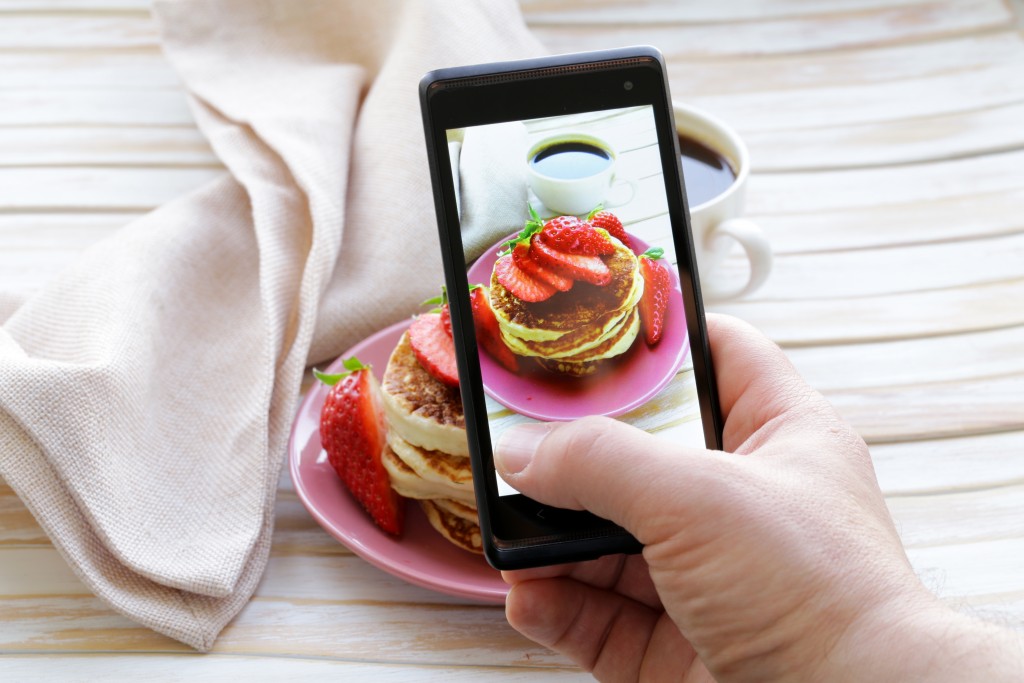Cell phones are no longer used simply for communication. They are also used for individuals to engage in non-traditional phone activities like reading a book, finding a date, and looking for a job. Users can turn to their phones to shop. They make online purchases, look up online reviews, and research on various products with their mobile devices.
Cell phone repair businesses are expected to grow even further with the increasing prevalence and ubiquity of smartphones, as well as the relatively breakable design of these phones. Smartphones have short battery lives, fragile LCD assembly, and small and breakable parts. The repair industry is driven by this design and the growing demand of these devices.
Here’s a brief run-down of mobile ownership and usage statistics:
Trend of Cell Phone Ownership
Statistics gathered by Pew Research Center in early 2018 found that 95% of Americans owned some type of cell phone. Of them, 77% owned a smartphone. This was a 42% increase from 2011, the first year that smartphone ownership surveys were conducted.
Additionally, 84% of Americans households had at least one smartphone and about 33% had at least three smartphones. The data suggests most households today are connected through and rely on these devices.
Demographic of Ownership

There was little difference in mobile ownership when it came to demographics. This was expected because of the high percentage of American adults owning any kind of mobile device.
On the other hand, greater variation presented for smartphone users of demographic differences like age, household income, and educational attainment. While 94% of Americans between the ages of 18 and 29 owned a smartphone, only 46% of those over 65 owned one. Only 67% of those earning less than $30,000 had a smartphone, compared to 93% of those with incomes above $75,000. In addition, 91% of college graduates owned a phone and only 57% of those without a high school degree did.
Smartphone Dependency
The adoption of traditional broadband service at home is declining because more Americans are depending on their smartphones as primary means of communication and online access.
About 20% of Americans today are considered “smartphone-only” internet users without a broadband service. This percentage has more than doubled since 2013, when only 8% of Americans opted to go without broadband in favor of smartphones.
Demographic of Dependency
The data on demographic variation in smartphone dependency included the factors of age, race, gender, income, education, and community.
Younger adults, non-whites, and lower-income individuals were found more likely to rely on smartphones instead of on broadband for online access. In particular, 28% of those in the 18-29 age bracket were smartphone-only users, compared to only 10% of adults 65 and over. Statistics on race differences found Hispanics were over 21% more likely to not have broadband than White Americans were. 31% of Americans in the lower income range relied solely on their smartphone, while only 9% of those earning more than $75,000 did.
Smartphone ownership and dependency statistics have continued to rise along with advancing technology and additional features. Repair industries see continued market potential as demand rises and device durability remains relatively unchanged.







